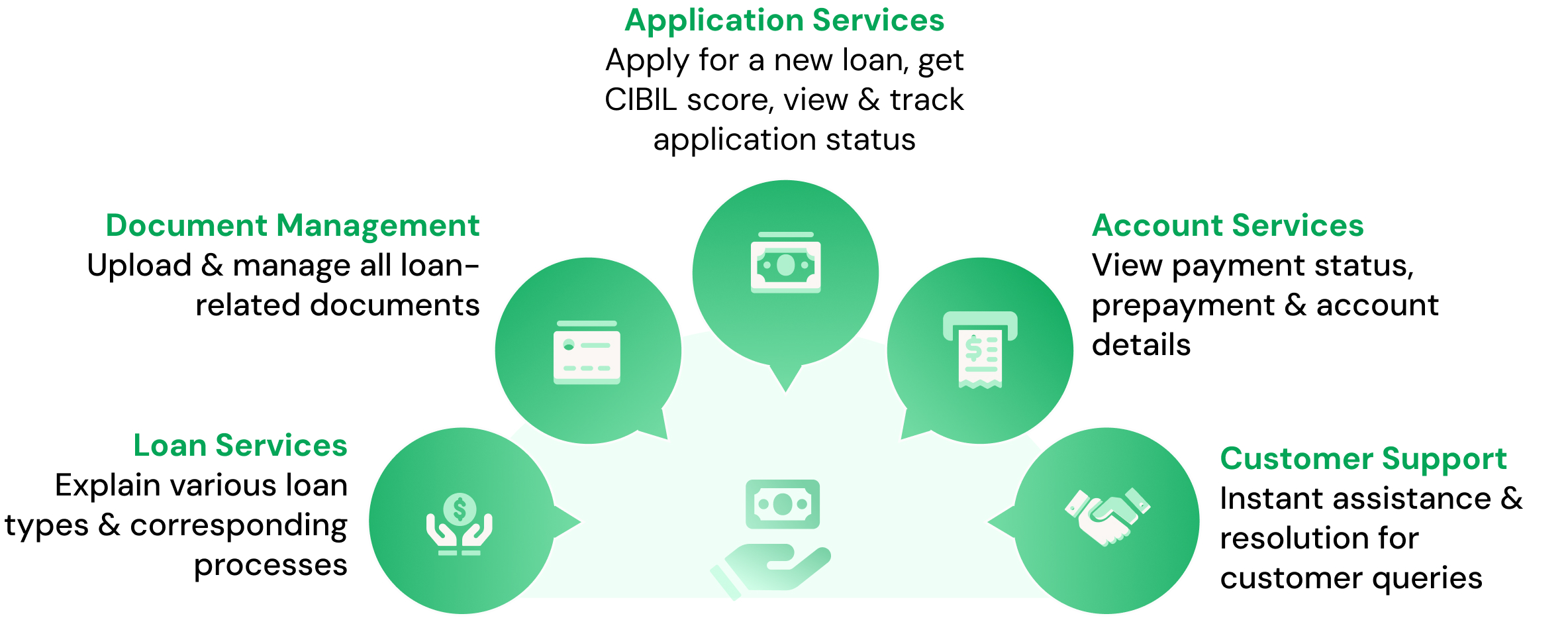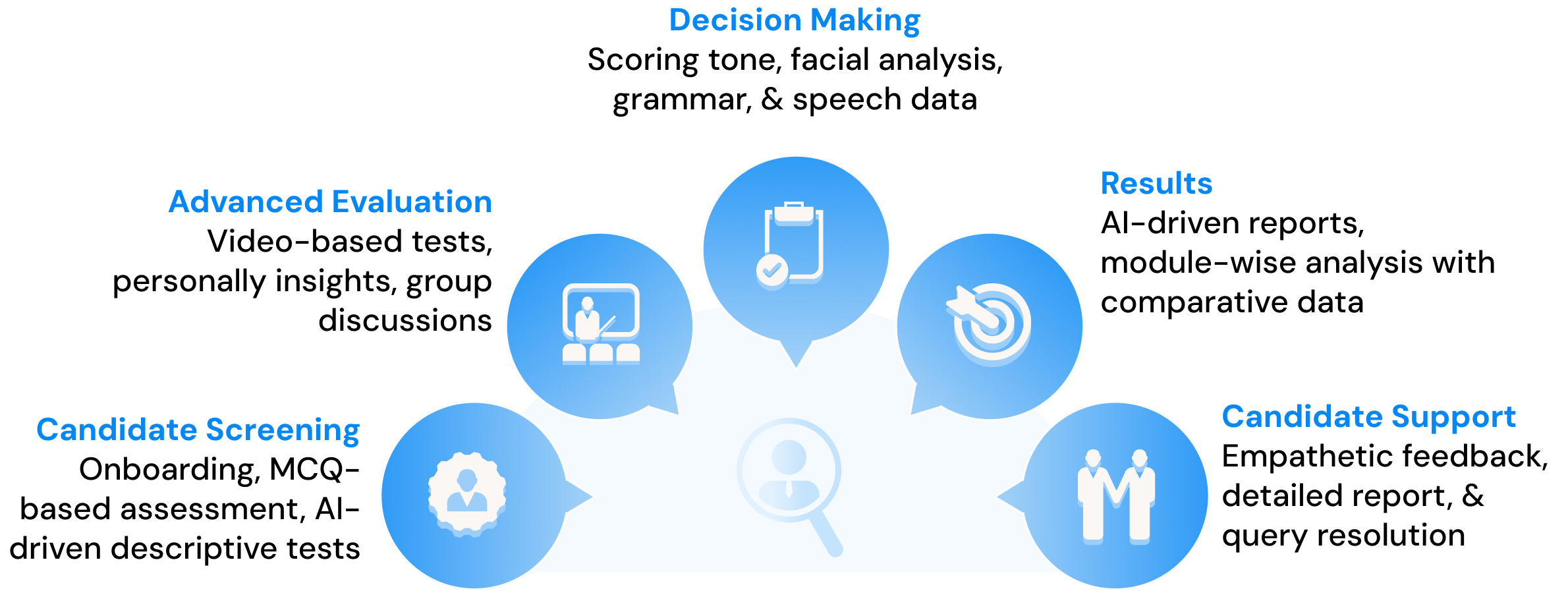










Exotel unifies channels like web, phone, WhatsApp, and other social platforms, ensuring conversations remain contextually intact across transitions.
Exotel’s Gen-AI bots leverage NLP and LLMs for precise intent recognition and human-like understanding, even in vernaculars. Real-time NLU feedback lets bots handle complex queries with unmatched accuracy and efficiency.
Exotel’s low-code editor enables quick design and deployment of multilingual chatbot workflows while defining clear objectives to ensure bots stay focused, delivering accurate, efficient, and purpose-driven interactions.
Gain real-time insights into chatbot performance with advanced analytics. Customize and schedule ad-hoc reports to stay informed and drive faster, data-backed decisions.
Dive into our FAQ section for more information
Create smarter conversations for faster resolutions with generative AI-powered chatbot
Book a demo